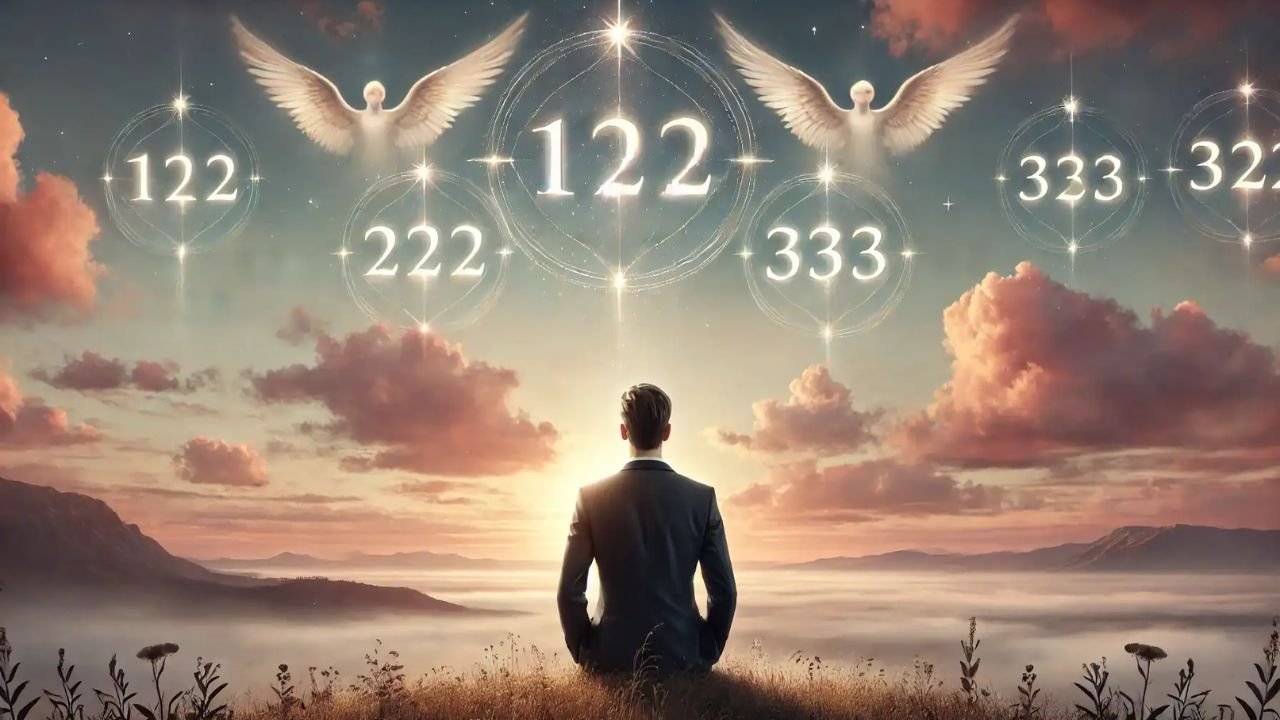Earth is our home in the vast universe. It is beautiful, very mysterious, and full of surprises. A great part of its secrets is right before our eyes. In this article, you will come across interesting facts about Earth, making it really special. Such details are interesting and comprehensible.
Let’s dive into the most amazing facts and details about our planet.
Earth Holds a Special Spot in Space
We are the third planet from the Sun. This distance is perfect for life. Too close, and we would be too hot. Too far, and we would freeze. Our position makes water stay liquid. This balance is called the “Goldilocks zone.” It’s one of the main reasons life exists here.
Our Planet Is Slightly Squashed
Earth is not a perfect sphere. It’s a little wider at the equator. Scientists call this an oblate spheroid. The spinning of the planet causes this shape. The difference is small but real. This means Earth’s diameter at the equator is bigger than at the poles.
Earth Is Always in Motion
You might feel still, but Earth is moving fast. It spins on its axis once every 24 hours. At the equator, this speed is over 1,600 kilometers per hour. We also move around the Sun at about 107,000 kilometers per hour. Yet we do not feel it because everything around us moves at the same speed.
Our Planet Recycles Itself
The surface of Earth is constantly changing. Tectonic plates move slowly under our feet. They can produce mountains, earthquakes, and volcanoes. The mantle is where old crust is subducted. Lava forms new crust. This natural recycling has happened for billions of years.
The Moon Experiences Quakes
Just like Earth, the Moon shakes too. They are known as moonquakes. Changes in temperature or induced by tidal forces of the Earth can cause them. There are also moonquakes, which are even strong enough to make themselves felt by astronauts. This shows our Moon is not completely inactive.
The Hottest Place on Earth
The highest natural temperature recorded was in Libya. In 1922, it reached a scorching 58 degrees Celsius. Such extreme heat can be dangerous to humans, animals, and plants. Deserts often reach high temperatures due to dry air and intense sunlight.
The Coldest Place Is Antarctica
At the other end of the spectrum, there is Antarctica, which is the coldest place on the planet. In 1983, temperatures reached -89.2 degrees Celsius. Ice over a mile covers this frozen place. There are special wildlife, such as penguins and seals, that exist in this cold region.
Earth’s Gravity Is Uneven
Gravity does not take the same form everywhere. Even in other parts, it is a bit weaker. This occurs as a result of variations in the mass of Earth beneath the surface. This variation is due to mountains and valleys, and even density changes. Measurements of these differences are taken with special satellites by scientists.
The Magnetic Poles Move
Earth’s magnetic north is not fixed. It slowly shifts over time. This is due to the movements arising in the molten iron found in the core of the Earth. The change may alter the navigation systems. Previously, the poles have actually been reversed, so to speak.
Earth Might Have Had Two Moons
Some scientists think Earth once had another small moon. Over time, it may have collided with our current Moon. This could explain some of the Moon’s surface features. While it is still a theory, it adds mystery to our planet’s history.







